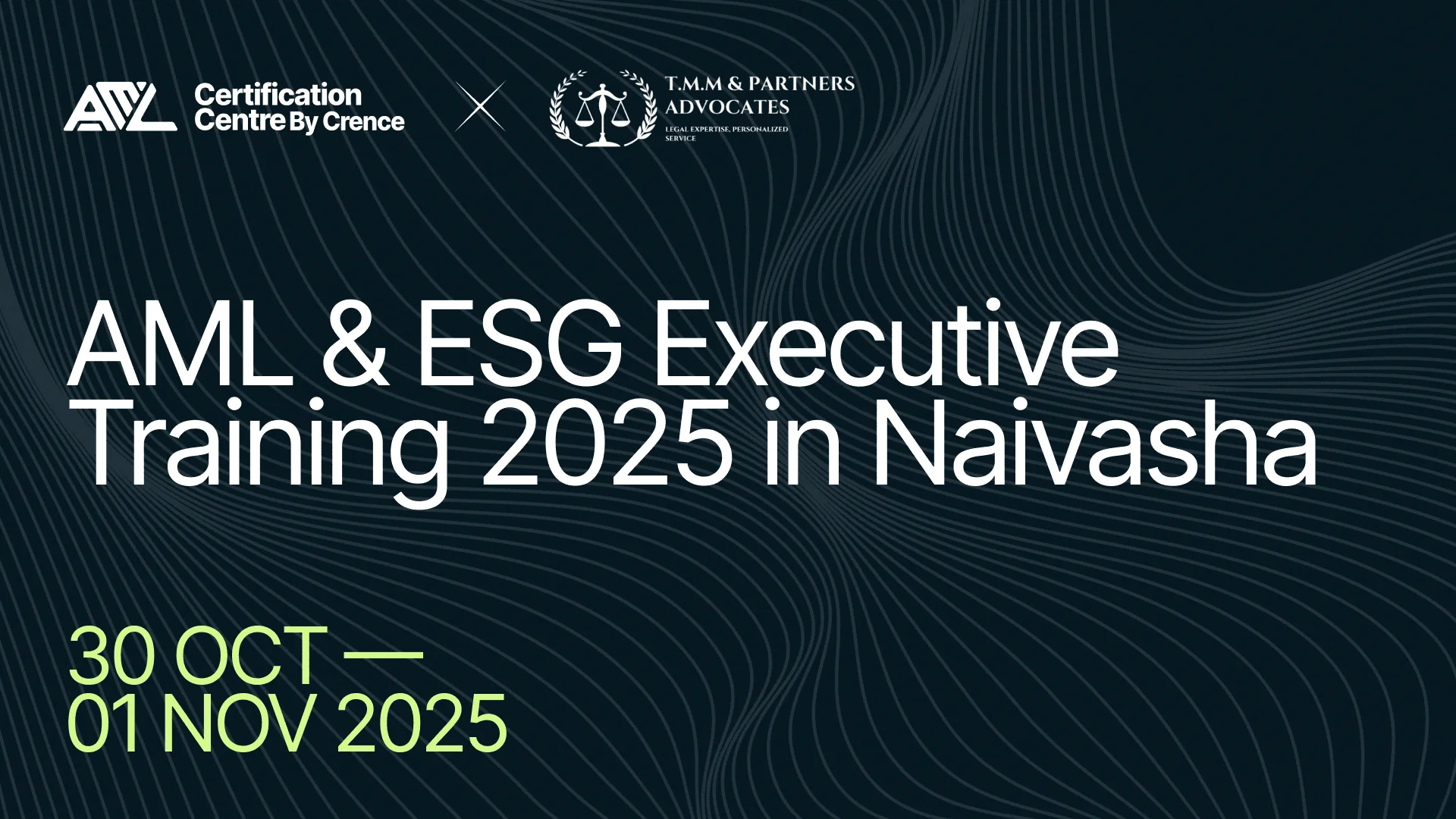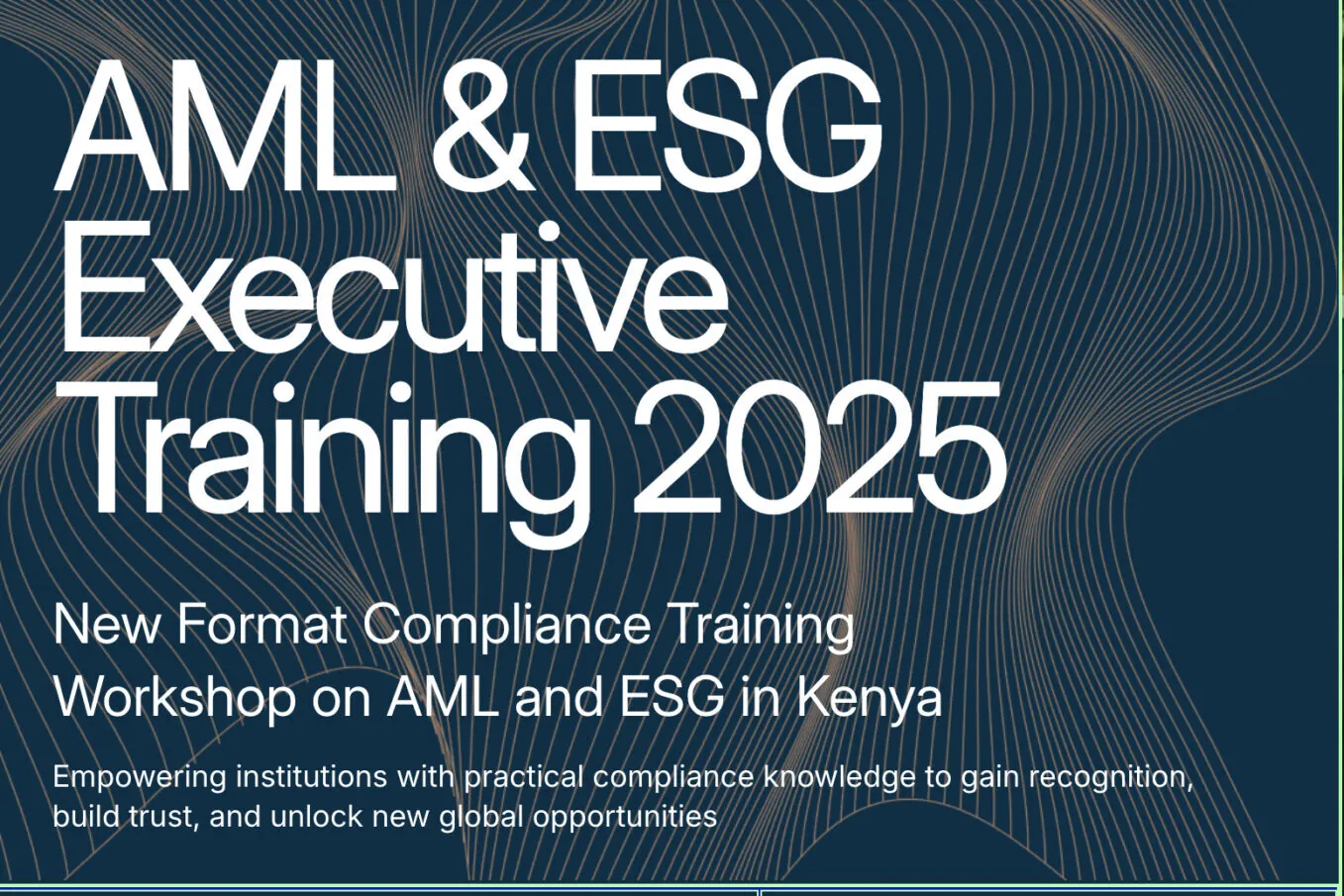The development of the World Wide Web has triggered a growing interest of users who are increasingly eager to consume new information. According to Edgedelta, users from all over the world will generate 147 ZB of data volume by the end of 2024. If we consider that there are 5.35 billion registered internet users, then everyone can create 15.87 TB of data in a day. Interesting fact, Google’s search engine has to process about 3.5 billion search queries every day, which is more than 20 PB of data.
Of course, such numbers have greatly affected many areas. In the financial sphere, when a large number of transactions occur every second, it has become necessary to apply new analytical tools. Manual analysis has become simply inefficient. It is complex algorithms that help banks to quickly collect targeted data, filter by request and category of transactions, identify potential money laundering activities, conduct customer identification, identify suspicious patterns, and effectively apply AML data analytics.
Regulatory authorities around the world use anti-money laundering data to improve legislation, tighten controls, quickly identify new methods of illegal activity, and effectively investigate violations of regulations.
The financial sector and its further development are highly dependent on access to data and its successful processing.
What does Big Data and Analytics Mean?
Big data is a complex set of large amounts of data (structured and unstructured) that can only be sorted and analyzed by applying new technologies. Today, traditional ways to quickly analyze and identify problems will no longer work. New technologies, where complex calculations are applied, collect exponentially growing data from different sources to perform data analytics risk assessments almost instantly, quickly identify trends, correlations, and anomalies in transactions, and create a report based on them.
For financial institutions, all data is an option to monitor transactions in real-time and ensure compliance with legislation by all market participants.
It is in the financial sector that illegal activities are very dynamic and difficult to control because of the ever-increasing transaction volumes, innovative ways to launder money using digital currencies, and the increasing complexity of fraudulent schemes.
Big data analytics is a worthy answer to this. AML professionals need to quickly adapt to new challenges, identify risks, and ensure compliance with all legal regulations.
Pros and Cons of Data Analysis in AML
Earlier, the process of verifying a company, or client in terms of compliance with all AML rules was quite a long and costly process for financial monitoring services. Today, new technologies like AI and ML have dramatically accelerated and simplified the whole system and reduced the number of false checks.
Rational application of analytics in anti-money laundering helps to stop illegal activities such as the legalization of proceeds from human trafficking, the sale of psychotropic substances, and corruption.
The benefits that big data provides in AML processes:
- It is effective in combating money laundering, and concealing the source of income. The goal is to prevent the receipt of money from illegal activities (terrorism, drug trafficking, etc.) and further legalization of such income. Most often, the process of legitimization of illegal funds is done by buying real estate and conducting several transactions in small amounts to one common account using advanced data analysis techniques. What is dangerous about this method of money laundering is that such money can be used to finance terrorist organizations. International regulators such as FinCEN, FATF, and OFAC are making constant changes to AML procedures and today not only banks, trusts, and investment funds have to comply with them, but also crypto platforms that want to operate legally and have a good reputation in the market. Regulators can punish both with heavy fines, revocation of licenses, loss of customers, and imprisonment. According to data presented at Aml Intelligence, for the entire year 2023, $3 trillion in illicit money flows through the financial system, of which $782.9 billion came from drug trafficking and $11.5 billion from terrorist financing.
- Rapid client screening and identification of hidden links. Technology helps AML employees to conduct comprehensive client due diligence using multiple data sources, simplifying the process of making the right decision regarding the client’s financial transactions and activities while allowing analysts to identify complex patterns in transaction behaviors.
- Automating processes and targeting resources. Analytical tools and big data eliminate subjective attitudes, help not spend a lot of time investigating user misconduct, and quickly implement changes in AML analytics standards.
- Rapid adaptation and detection of new money laundering techniques. Artificial intelligence can quickly identify high-risk financial transactions, enabling proactive measures by AML specialists can immediately take measures to prevent them.
Big data flaws that can affect AML processes:
- Poor quality data. Data is the core of all analytics, it is the data that influences the results. When poor-quality data (poorly cleaned, containing irrelevant information) is used in the process of detecting irregularities, the result is distorted and the wrong conclusion is formed. Poor quality metrics, according to Dataladder, lead to businesses losing up to $15mn per year on average.
- Lack of interaction between Regulators and financial firms. Businesses are not always ready to provide all information due to the possibility of data disclosure and loss of customer confidence. Accordingly, the lack of information negatively affects the development of new effective regulatory norms.
- Limited resources. Small companies do not always have good software for collecting and processing information, as well as a sufficient number of employees involved in the AML process. Accordingly, it does not allow to conduct analytics in full and make a full-fledged report for regulators.
- Companies operating in several jurisdictions. There are no uniform AML rules for all countries in the world. Each jurisdiction can take its own regulatory measures for making payments, providing information when opening companies. All this can make it somewhat difficult to collect data and conduct full-fledged analytics.
Impact of Big Data in AML
Integration of big data into AML processes plays a big role and gives:
- Extensive opportunities to detect risky transactions. Hidden patterns in a multitude of transactions cannot be identified by traditional methods, for this, you need to apply more advanced analytics techniques.
- Continuous monitoring. Transaction tracking occurs immediately, enabling the AML professional to react to potential money laundering activities promptly.
- Improved risk identification process. With the application of big data, the information processing process is more accurate and extensive, leading to accurate results in the end, thus enhancing the transaction monitoring systems.
- Optimize the KYC process. Big data serves the purpose of identifying regulatory violations while conducting KYC.
- Modernize data processing. New technologies like ML and AI using big data reduce the false claim rate associated with data analytics.
- Combining data of different types and from multiple sources. This approach allows getting better information about the customer, and potential wrongful transactions.
- Rational allocation of resources. Big data helps to single out from the whole set of transactions that fall under the characteristics of unlawful ones and direct the efforts of AML specialists to their prevention.
In 2023, Danske Bank in Denmark was involved in a money laundering scandal. One of its branches in Estonia was accused of laundering 200 billion euros between 2007 and 2015. The money came from accounts in Moldova, Azerbaijan, Russia, and other CIS countries. The investigation revealed that the financial institution had not implemented adequate measures to manage high-risk clients or trace the origin of the funds. To maintain the integrity of the financial system and effectively combat potential threats and new money laundering schemes, the use of big data in AML (Anti-Money Laundering) is already an inevitable factor.
Big data plays a vital role in enhancing risk detection and compliance in AML efforts. AML professionals can now detect suspicious patterns faster and more accurately, a critical skill in today’s fast-paced financial environment. To be effective in applying these tools, specialists need to enhance their expertise and gain certifications like AML Foundations Course to stay up to date with best practices.
Big Data as a Tool to Work with AML
Big data is an excellent tool for working with AML requirements, as it helps get ahead of potential threats by predicting customer behavior, identifying risks, detecting patterns, and automating processes.
Definition of Customer Risk
Financial institutions assign a risk rating to new customers based on their profile information. When analyzing a client’s indicators, factors such as the source of funds, business connections, identification data, geographic area, and associated risks are taken into account. It is also assessed whether the client is on sanctions lists or holds a high political position, among other criteria. Based on this analysis, AML programs assign risk scores (high, medium, and low). High-risk clients (unclear income sources, questionable business ties) are placed under heightened scrutiny by AML officers. Big data helps quickly determine the level of risk, allowing for less monitoring of low-risk clients while focusing AML managers’ attention on higher-risk customers.
False Positives Optimization
It’s important for a company to quickly detect fraudulent transactions. However, when the false positive rate increases, AML employees’ resources and time are wasted, making the system inefficient. That’s why machine learning (ML) is used, trained on big data to swiftly identify risky transactions. Based on the results, transaction parameters are adjusted to allow legitimate transactions to go through while stopping fraudulent ones.
KYC
A comprehensive KYC process involves gathering information from multiple sources. Analytical algorithms can quickly verify if a customer is on sanctions lists, politically exposed persons (PEP) lists, or involved in court cases related to illicit enrichment. Additionally, with the help of ML, customer data is continuously screened, and any changes trigger risk alerts.
Identifying Suspicious Transactions
The main goal of AML is to detect suspicious transactions among the large volumes of financial flows. This is done through analytical methods such as network analysis (which examines complex financial flow schemes), anomaly detection (when transactions deviate from normal patterns), data mining to discover trends, predictive analytics, and statistical analysis that establishes certain benchmarks to identify anomalies when breached.
ML (machine learning) processes large amounts of data based on various indicators and variables, quickly identifying suspicious transactions. This enables immediate action and the initiation of an investigation. Moreover, the system can adapt to changing rules and regulations, thereby enhancing the transaction monitoring systems.
Reporting to Regulators
When illegal transactions are detected, a financial company initiates an investigation to confirm the unlawful actions, after which the information is reported to regulators. Big data analytics supports:
- real-time monitoring;
- prompt response to illicit activities;
- enhanced monitoring for complex schemes;
- automated data collection, processing, and reporting.
Detection of Potential Risks
Big data aids AML professionals in combating fraud by:
- enhancing customer identification processes through data cross-referencing with existing databases;
- using customers’ digital footprints (social media activity) to assess behavioral risks;
- detecting anomalies such as transaction volume changes, an increase in operations, and interactions with high-risk legal entities;
- uncovering complex financial schemes involving multiple companies. Without big data analytics, this would take much more time and yield unsatisfactory results;
- early detection of potential risks. Analytics allows for the immediate detection of sharp changes in transaction behavior, identifying potential money laundering activities.
Fraud Detection Systems
To enhance the AML process, financial institutions can use tools such as:
- Jumio: This platform verifies customer identity (validates the accuracy of provided information), assesses risk (based on the source of income), and checks compliance with AML requirements.
- KyrosAML: This tool is easily utilized for analyzing large amounts of data and identifying transaction monitoring systems.
- Encompass: Implemented for automating KYC processes within large financial institutions.
- Sanction Scanner: Used to ensure compliance with changing AML regulations.
- Trulioo: Automates the “Know Your Customer” (KYC) and “Know Your Business” (KYB) processes.
- Dow Jones Risk & Compliance: Used globally to assess client interaction risks.
- Unit 21: Developed applications for risk assessment and AML compliance.
- Oracle Financial Crime and Compliance Management: Provides solutions for combating financial crimes, transaction monitoring, and conducting KYC procedures.
Big data and its rational, targeted use by financial institutions play a crucial role in KYC and AML processes. With properly collected data that meets specific criteria, cleansed of irrelevant information, and optimized using AI and ML, the risk assessment process is streamlined, illegal schemes are detected promptly, and a rapid response to combat them is ensured.









